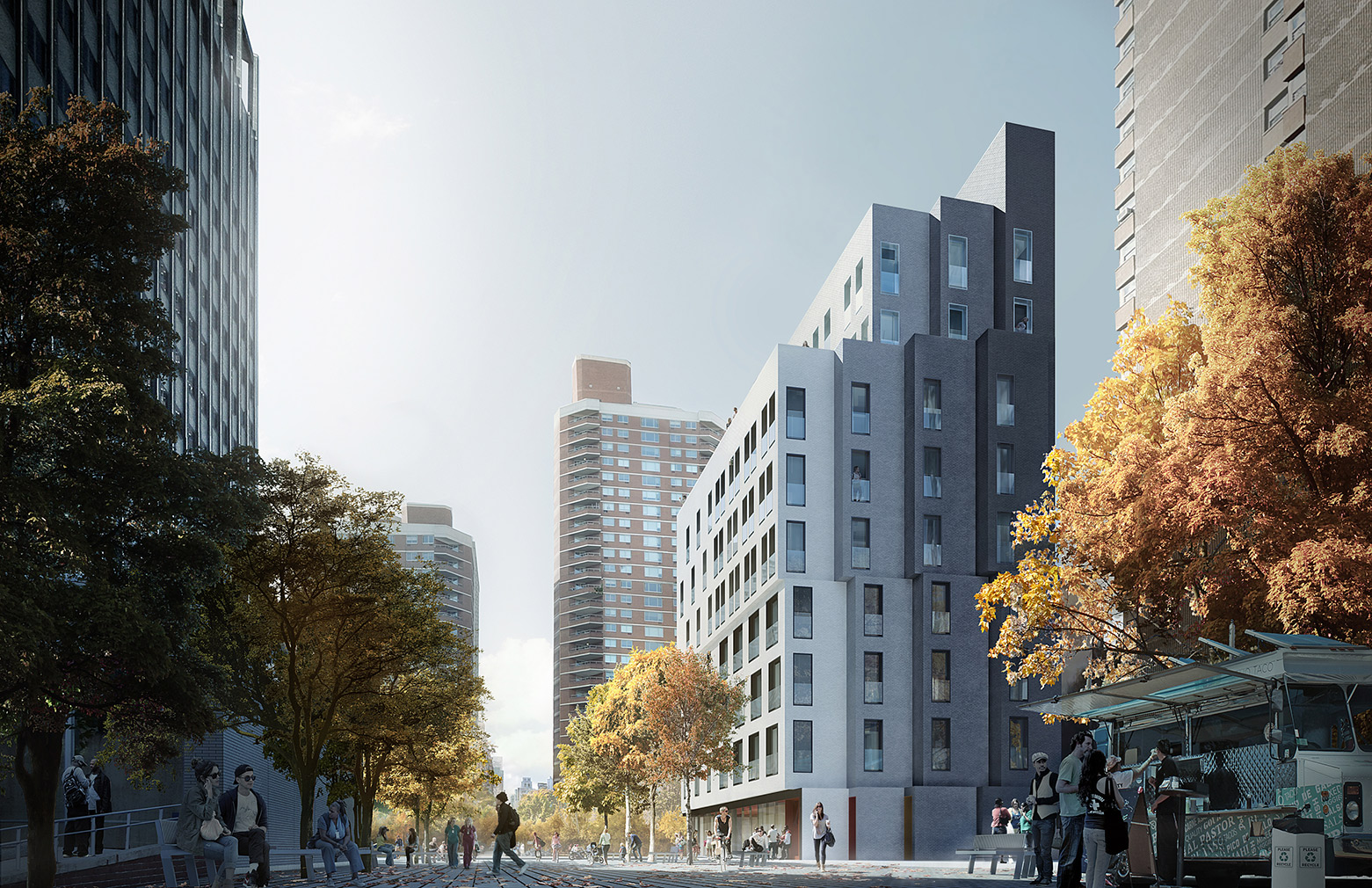
Micro-apartments have arrived in New York.
A 55-unit rental building debuts today, prefabricated in Brooklyn and assembled in Manhattan’s Kips Bay neighbourhood. Each intentionally squat dwelling is between 260 and 360 square feet, about half the size of the city’s typical studio.
The design of the micro-units, by nArchitects, incorporates 9.5-foot ceiling heights, floor-to-ceiling glass, and Juliette balconies to lessen claustrophobia. ‘By incorporating setbacks as a governing design logic,’ reads the project description, ‘Carmel Place could in principle be adapted to many sites at a range of heights.’
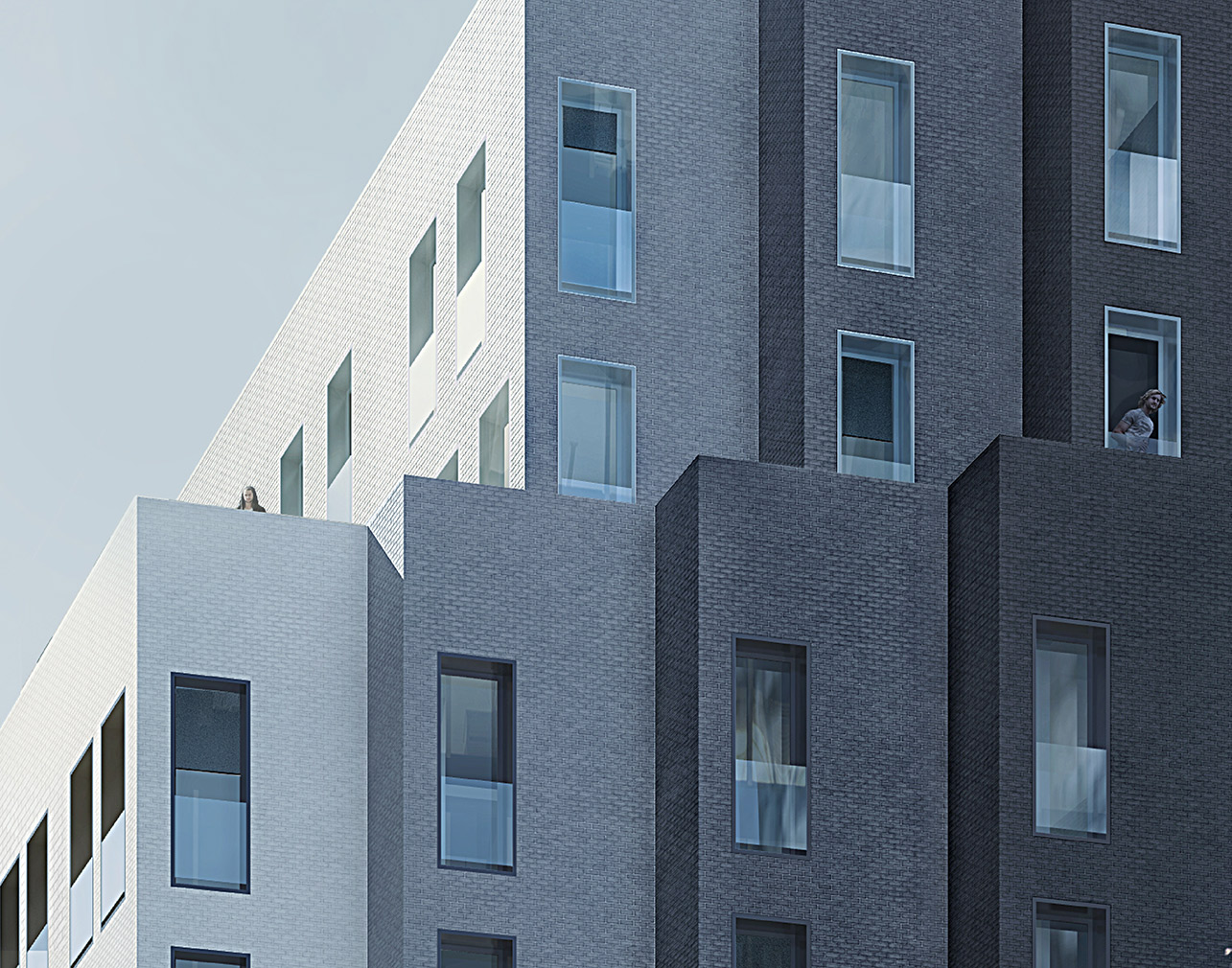
Among the shared amenities for residents are a lounge, den, community room, and a garden.
But will a wave of micro housing ensue? How much will people pay for not very much private space? Is it an apt vehicle for affordable housing?
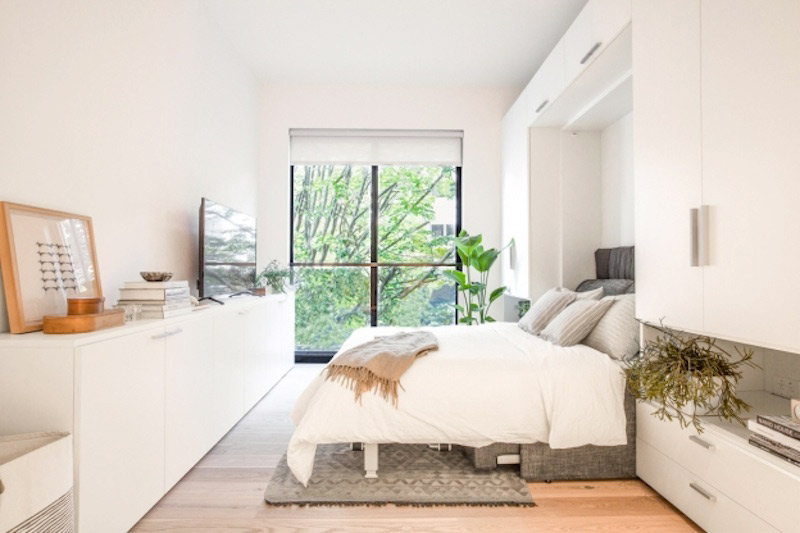
The city’s current regulations do not allow apartments smaller than 400 sq ft but the Mayor’s office waived these restrictions for Carmel Place, as this pilot project is named.
‘This initiative will evaluate quality of life [in micro units],’ says project manager Tobias Oriwol of Monadnock Development. It’s the only pairing of tiny homes with higher-end amenities, including a gym and roof terrace.
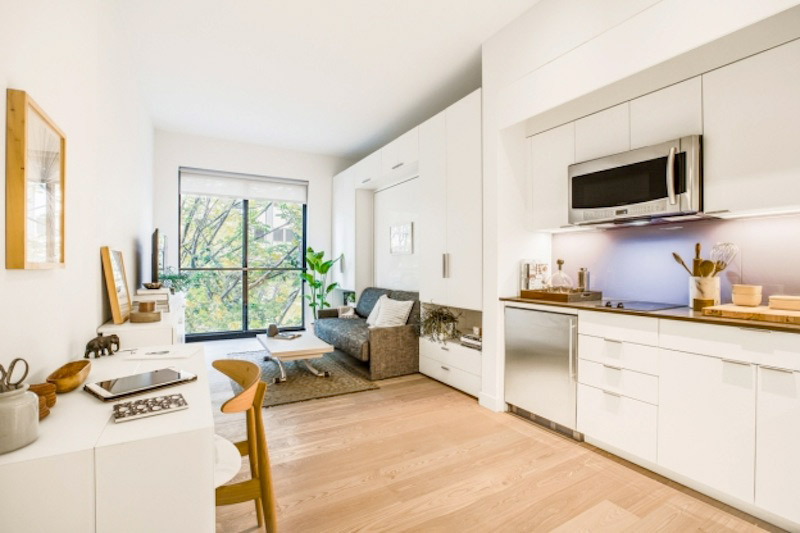
Oriwol trusts the market to sort out appropriate rents for this brand-new housing option. ‘The point of building smaller is to offer lower prices and the chance to escape roommates,’ he says. ‘People won’t just pay the same money for a smaller space.’
But Monadnock is betting they’ll pay the same money for a smaller space in a modern, centrally located building. Of the 12 market-rate units currently up for grabs (five more will become available over the next month), none is cheaper than $2,540 a month, roughly equal to Manhattan’s median studio rent.
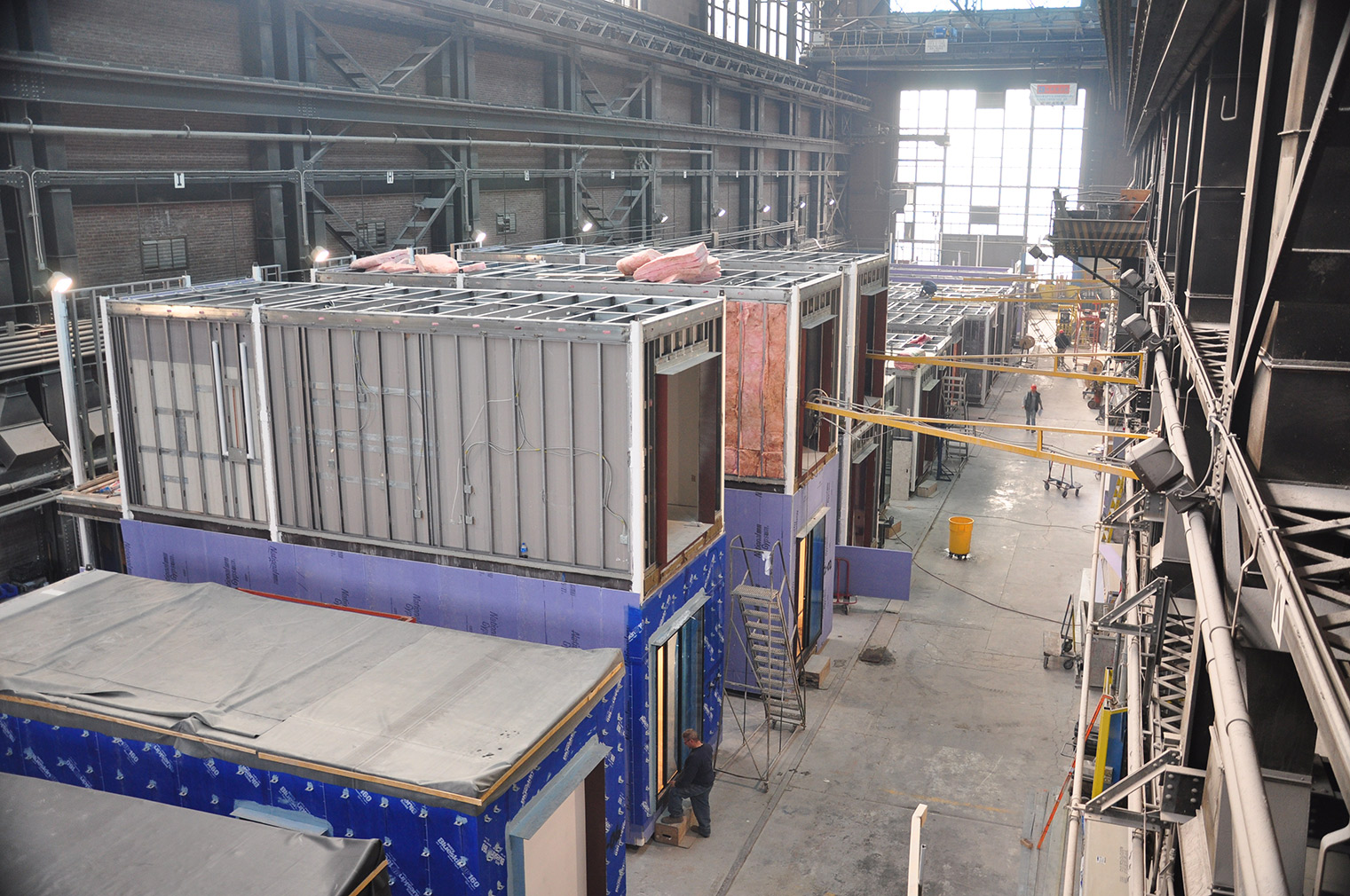
The remaining apartments break into two bands of subsidy at $950 and $1,490 a month, plus another eight units reserved for homeless veterans.
Sixty thousand people applied for a subsidised slot.























